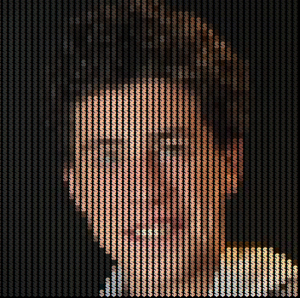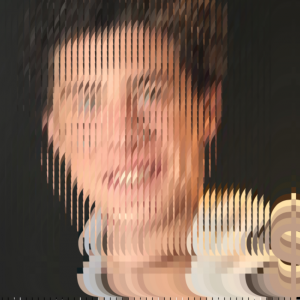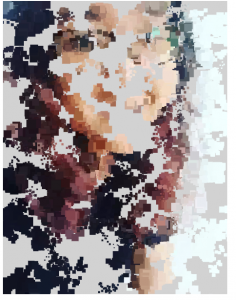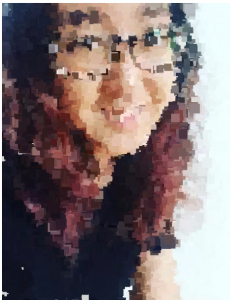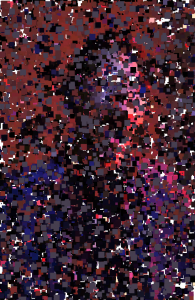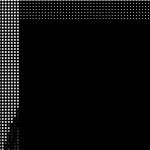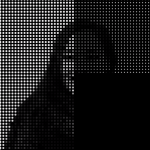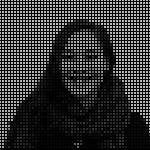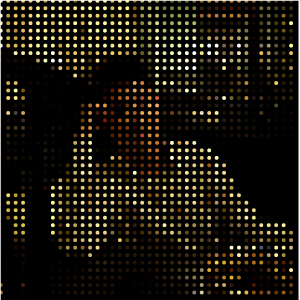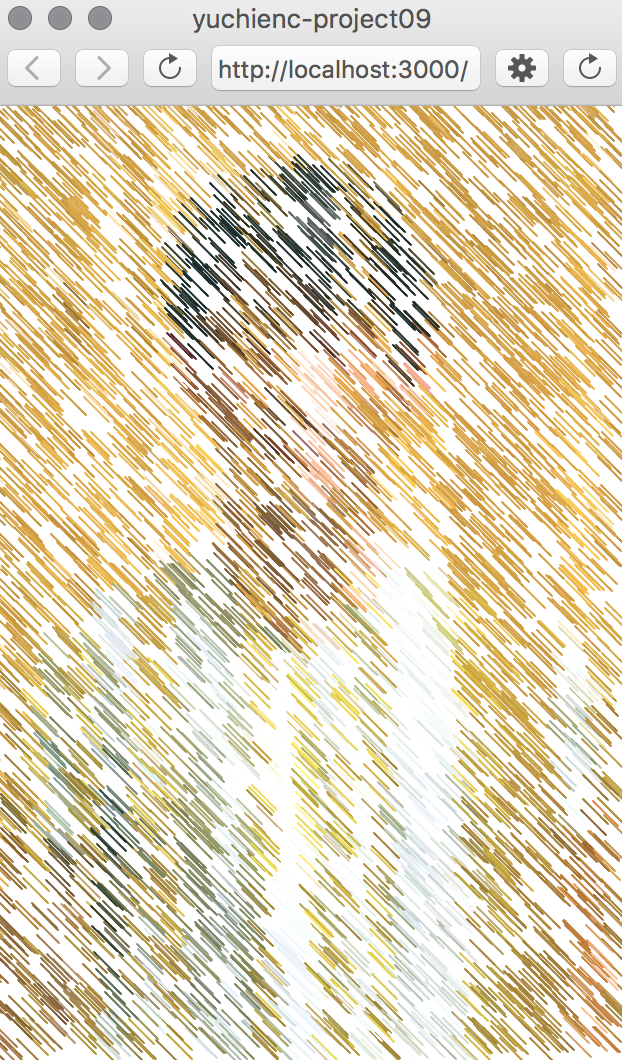Anna Boyle wrote about the Flow Machines Project for her Week 4 Looking Outwards post. This project was designed to have a computer program compose music in the style of a specific composer. The video Anna provided was a computer composed piece in the style of the Beatles. She writes about the mathematical algorithms utilized to create sequences that then are combined to create a piece.
Although the melodies are composed utilizing this algorithm, there are still aspects of the piece that are created with help from human intelligence. The harmonization is all done by people as chord progressions that make musical sense are difficult to accomplish because the melodic line effects the sound of the chordal progression. In addition, the words were composed by humans as the syllables of the words must match the music and make cohesive sense. So although the melodic line is computer generated, many other aspects of the piece are still composed by humans.
![[OLD FALL 2017] 15-104 • Introduction to Computing for Creative Practice](../../../../wp-content/uploads/2020/08/stop-banner.png)
